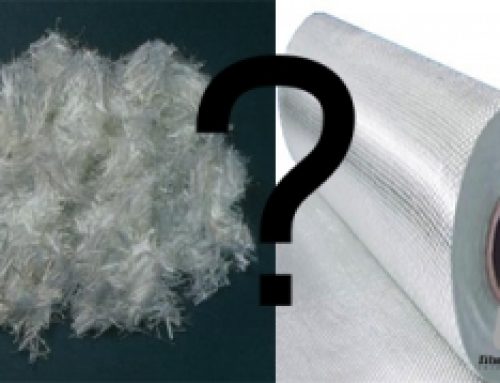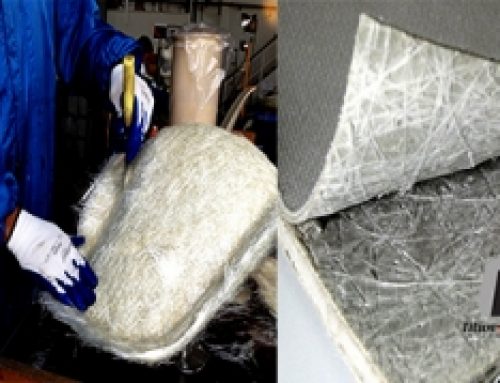What Makes a Fiberglass Swimming Pool Better?
Swimming pools are manufactured from different materials. All kinds of materials both have pros and cons but fiberglass is becoming more popular for many reasons.
With the pool made of fiberglass, installation is faster and much of the fabrication is done in the plant before being transported to the site. Standard installation can be finished within 7 to 14 days. On the contrary, concrete pools require many weeks or months before these can be completed and used.
The fiberglass pool boasts of an elaborate and attractive surface. Majority of fabricators put in a lot of resources and time to build fabulous surfaces that boost the pool’s full appearance.
Upkeep is basically straightforward especially because the flat gelcoat finish enables easy control and prevention of the growth of algae as well as bacteria. Hence, it is more economical with fewer chemical compounds and less labor required. Superior quality fiberglass pools don’t need new coating or resurfacing during its lifespan. In most instances, all the pool owners have to do is perform basic maintenance according to the guidelines provided by the manufacturer.
The fiberglass pool is said to be warmer since these heat up quicker compared to concrete and preserve heat longer than other materials. This material, without any doubt, is very tough and flexible for building purposes. Most manufacturers also offer extended warranties to attract more clients.
Furthermore, this pool does not need to use pricey and harsh chemicals that may be detrimental to the health of people particularly kids and elderly adults. The surface is relatively static so nothing in the surface changes the water chemistry. Low chemical use also means reduced operational expenditures.
Last but not least ozone systems, salt chlorinators, chlorine, and fresh water are compatible with fiberglass pools.
The average thickness of a fiberglass swimming pool is somewhere between three-sixteenth and 3/8 of an inch. These dimensions produce correct balance for greater hardiness and adaptability. Ideal toughness to pliability ratio is supposed to be around 70/30. This is one of the keys to creating this desired equilibrium. The pool must be durable enough to handle heavy loads while on the ground and adaptable as well to endure hoisting and leveling pressures.
In other words, thickness must be right or else pools that are very thin are flexible but do not have the right toughness and vice versa.
Fiberglass pools have become well-liked during the past few years. As the fabrication process becomes more cutting-edge, fiberglass pool manufacturers have become successful with regards to coming up with quality products that turns out useful for a longer duration.





Leave A Comment